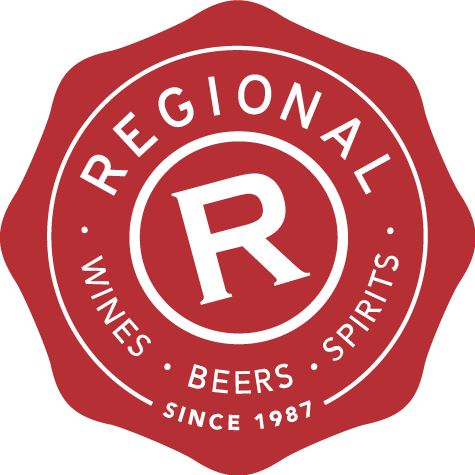Ode to Riesling - A global tasting on 23 September
Join us for Riesling Around the World on 23 September
Book for the tasting here
This tasting is hosted by our in store wine adviser Joelle Thomson. All going well and we are back at Alert level 1, which is by no means guaranteed, we will proceed. If not, we will give full refunds.
Ode to Riesling
The following is a sort of ode to Riesling, one of the great whites of the wine world and one of the oldest known wine grapes in the world if historical records are any measure to go by. Riesling was first written about in 1348 when it was referred to as Rauschling, in Alsace. This region was part of Germany at the time as opposed to being part of France today, which never makes any sense in itself since the culture, the food, the language and especially the wines are about as German as you can get. Look to the top Riesling producers for example. Here we have names such as Deiss, Hugel, Josmeyer, Kreydenweiss, Meyer-Fonné, René Muré, Rolly-Gassmann, Schlumberger, Trimbach, Weinbach and Zind-Humbrecht.
See my point?
It's very German. As Riesling is because it's a grape that, for better or for worse, has adapted to thrive in cool climates, something that Germany has traditionally had plenty of.
It's easy to see why Riesling likes Germany. For a start, it is hardy in the vineyard, literally. Its trunk has tough, hard wood so that it doesn't succumb to frost as easily as some grape varieties. It buds late and ripens relatively late too, which means it tends to escape spring frosts but can sometimes be prone to frost damage around harvest time in late summer and autumns. It's a highly aromatic, highly acidic grape which both account for why it is so incredibly versatile and often made in styles that are not fully dry. A little (and sometimes a lot) of residual sugar can be a necessary tool for balancing acidity so that when it all boils down, you can really discern exactly where the sweetness level is at. All you know is, it tastes like lemon curd on speed with a lingering, flavoursome finish that lures you in for another glass.
Best of all, Riesling is being made increasingly in drier styles, due to climate change, and it is also finding its feet in places outside of Germany.
New Zealand's great South Island Rieslings are, personally speaking, some of my favourite wines from anywhere on Earth. They may not have the 1000 years or so behind them that Germany is thought to have; evidence does suggest it has grown there far longer than the earliest written mention. They may not have the impeccable precision of the greatest German Rieslings but I would suggest that, in good vintages and great winemaking hands, our country's best Rieslings can hold a torch to their German counterparts.
So, join me and the Regional team to put some of New Zealand's best Rieslings to the test, alongside great wines from Alsace, the Mosel and the Clare Valley in Australia.
I am also putting in an old wine from my cellar from New Zealand's king of spatlese, Mat Donaldson of Pegasus Bay Wines - one of the great wineries in the South Island.
The line up from dry to sweet appears below...
2017 Domaines Schlumberger Riesling Grand Cru Saering
RRP $64.99
2014 Jim Barry Florita Riesling RRP $69.99
2019 Mt Edward Central Otago Riesling RRP $24.99
2018 Donnhoff Trocken Kreuznacher RRP $57.99
2013 John Forrest Collection Dry Riesling RRP $31.99
2019 Schloss Lieser Wehlener Sonnenuhr GG RRP $93.99
2017 Pegasus Bay Riesling RRP $31.99
2017 Pearson Estate Mon Cheval Riesling RRP $30.99
2018 J J Prum Wehlener Sonnenuhr Spatlese RRP $85.99
2010 Riesling Challenge Waipara Mat Donaldson
This wine is a sample from my personal wine cellar and not available to buy.
